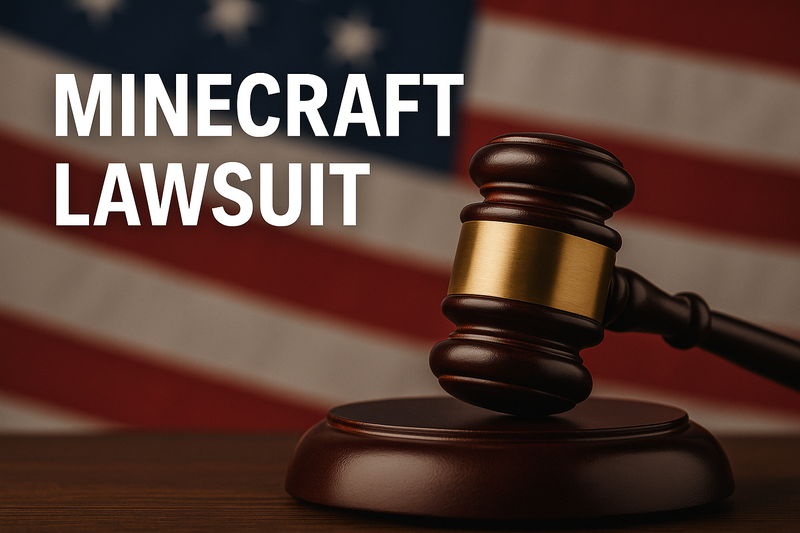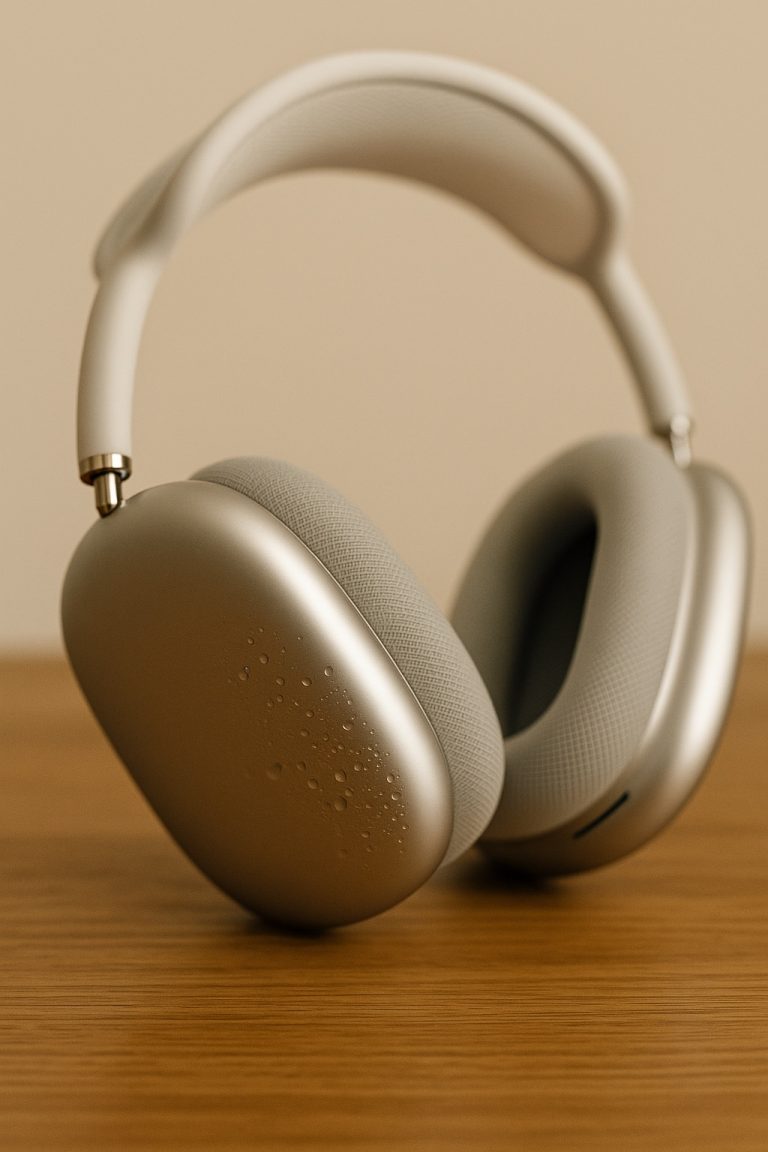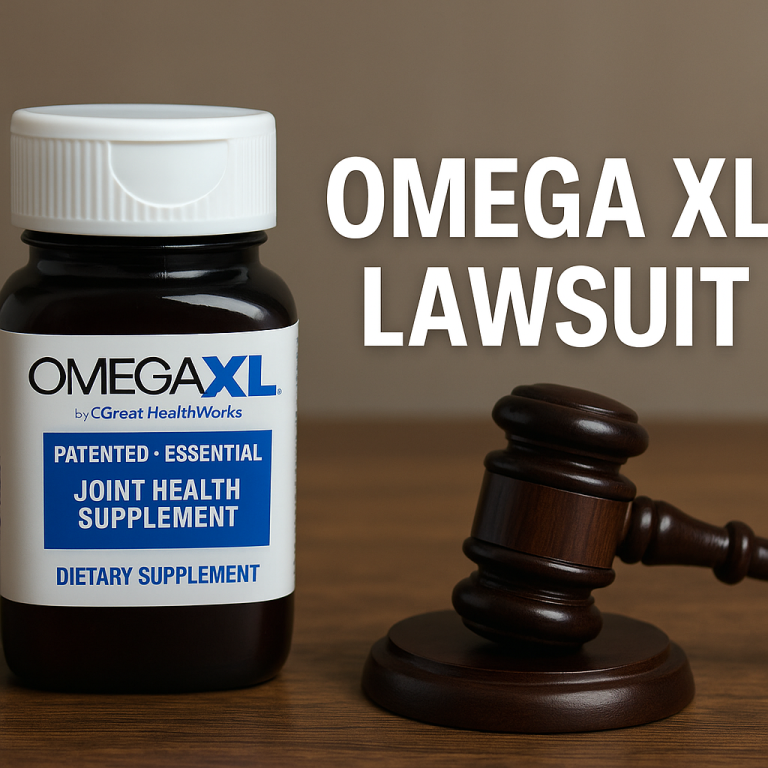The minecraft lawsuit now spans several fronts. Parents and young players claim the game fuels harmful addiction. A new California filing joined the wave in April 2025. Plaintiffs also accuse Microsoft and Mojang of unfair or opaque rules. A community creator even launched a separate consumer-rights case in Europe. Courts have begun pushing some suits toward arbitration. Defendants deny wrongdoing and cite parental controls, ratings, and consent tools. You need the state of play right now. This guide reviews the claims, venues, procedures, timelines, and possible outcomes. The minecraft lawsuit keeps evolving fast, so informed action matters.
What claims people are filing
Parents allege Minecraft exploits behavioral mechanics that keep minors engaged. Lawsuits say the loop causes compulsion, mood changes, and academic decline. Plaintiffs list anxiety, depression, sleep loss, and seizures in severe cases. Complaints argue Mojang built sticky reward systems that target youths.
Several filings aggregate Minecraft with other top games. The theories resemble broader “video game addiction” cases. Claims include failure to warn, negligent design, and unfair business practices. Some complaints press privacy and data-tracking angles as well. Defendants argue parents control playtime and consent. Companies also dispute medical causation and foreseeability. Courts must sort science from speculation.
New filings and where they landed
April 2025 brought a California class action naming Epic and Microsoft. The complaint alleges Fortnite and Minecraft harm minors through addictive design. A Los Angeles filing in March 2025 named Roblox, Epic, Microsoft, and Mojang. Those suits place Minecraft inside a broader industry target list.
State courts now see most activity. Federal filings appear when removal occurs or arbitration agreements surface. Venue selection shapes pace, motion practice, and discovery scope. Parents favor states with consumer-protection strength. Defendants often test removal, arbitration, or forum selection early. Judges then set schedules for pleadings and discovery.
Arbitration, consolidation, and early procedure
Some game-addiction complaints already hit arbitration. An Arkansas federal judge compelled arbitration in two video-game cases in April 2025. Those suits cited children’s severe harms and family costs. Arbitration can narrow discovery and keep proceedings private. It also reduces bellwether leverage for plaintiffs.
Courts may consider consolidation inside single states. Judges sometimes coordinate related cases informally. Early orders often require short-form complaints and plaintiff fact sheets. Proof of playtime, purchases, and clinical diagnoses usually appears first. Defendants move to dismiss on preemption, causation, or duty grounds. These steps define the early playbook across venues.
A separate community lawsuit over rules and transparency
A creator-led suit emerged against Mojang over content guidelines. The filing argues consumer-rights violations under European law. Petitioners say rule changes harm creators and lack transparency. Coverage also highlighted a YouTuber announcing legal action across the U.S. and Europe. Those cases challenge moderation, contracts, and marketplace terms. They differ from addiction claims but affect the same ecosystem. Outcomes could push clearer policies for creators and servers. Mojang faces pressure to explain enforcement and appeals. Courts will parse user agreements and jurisdiction clauses closely.
Older Microsoft-related matters touching Minecraft
A 2020 patent case claimed Minecraft infringed virtual-space interaction technology. The suit targeted Microsoft due to its ownership of Mojang. Patent claims followed classic multiplayer and avatar-interaction concepts. That matter illustrates a long trail of IP disputes around online worlds. It sits apart from today’s addiction allegations. Still, it shows Minecraft’s visibility invites litigation from many angles. Investors and partners track such filings due to risk signals.
What the “addiction” science debate looks like
Plaintiffs cite WHO’s “gaming disorder” recognition to frame harm. They also reference research linking heavy screen time to mood and sleep issues. Defense teams respond that disorder diagnosis is rare and individualized. Experts argue time-spent metrics alone do not prove medical injury.
Courts will examine methodologies, controls, and clinical records. Judges must decide whether general causation survives rigorous scrutiny. Arbitration can limit expert battles; state trials could test them. The science remains contested and evolving. Plaintiffs win traction when clinicians document functional impairment. Defendants stress parental tools, warnings, and non-coercive design choices.
Privacy and data-handling allegations
A 2024 report suggested a potential class action over privacy practices. Coverage described investigations into data collection and minors’ rights. Plaintiffs test whether consent flows satisfy children’s privacy laws. Companies emphasize compliance and parental controls. These claims often hinge on disclosures, settings, and retention. Courts scrutinize policy wording and default choices. Remedies range from statutory damages to practice changes. Discovery can request internal testing and A/B experiments. That makes privacy suits potent even without medical injury claims.
What remedies plaintiffs seek
Parents pursue medical costs, therapy, and education supports. Lawsuits ask for damages for pain, suffering, and lost opportunities. Some also seek restitution for in-game purchases. Injunction requests target time limits, labels, and safer defaults. Arbitration clauses can limit collective remedies. Settlements sometimes include product changes and disclosures. Few public settlement benchmarks exist yet. Several pages speculate on ranges using analogies. Courts will demand proof connecting design to individual harm. Documentation quality often drives value in negotiations.
What outcomes look plausible in 2025–2026
Expect a split path. Some claims will move to arbitration or dismissal. Others may proceed in state courts with narrow theories. A few venues could allow small bellwether trials. Creator-rights suits may push contractual clarifications. Privacy matters could drive policy adjustments or minor payouts. Broader regulatory attention may follow headline cases. Industry standards could evolve around minors’ engagement features. Product disclosures may expand in app stores and EULAs. Large global settlements appear premature today. Procedural rulings will steer any future talks.
Practical steps for families considering a claim
Start with health. Speak to a pediatrician or therapist about symptoms and history. Document playtime through platform logs and parental-control reports. Save purchase histories and subscription records. Capture grades, attendance, and teacher notes if school performance changed.
Keep journals on mood, sleep, and behavior. Request letters from clinicians describing functional impairment. Consult a licensed attorney about your state’s deadlines. Ask about arbitration clauses and opt-out windows. Organize digital files for quick review. Careful records strengthen screening and negotiations.
Key minecraft lawsuit data points
| Category | Current snapshot (Aug 2025) |
|---|---|
| Main theories | Addiction design; failure to warn; unfair practices |
| New California filing | April 2025 class action naming Epic and Microsoft |
| LA state filing | March 2025 case naming Roblox, Epic, Microsoft, Mojang |
| Procedure shift | Some cases compelled to arbitration (April 2025) |
| Creator-rights action | Europe consumer-law case over guidelines and transparency |
| Privacy angle | Reports of class probe into data and minors |
| Settlements | No global settlement reported, ranges still speculative |
| Defense posture | Parental controls, consent flows, disputed causation |
| Key risks for plaintiffs | Causation proof; arbitration limits; venue differences |
| What to watch | Arbitration outcomes; any bellwether; creator-policy rulings |
FAQs
Is the minecraft lawsuit a class action?
Some filings use class allegations. Many others proceed as individual actions or are compelled to arbitration.
Who are the defendants?
Microsoft and Mojang appear most often. Some complaints also name other publishers in combined filings.
Are there any settlements?
No public global settlement exists. Estimates online remain speculative at this stage.
What evidence helps a case?
Platform logs, purchase receipts, clinical records, and proof of functional impairment help most.
What about creator lawsuits?
A community case challenges policy transparency under European law. Outcomes could influence marketplace rules.
Could privacy claims succeed?
Success depends on disclosures, minors’ consent, and data retention. Courts weigh policy design and defaults.
Conclusion
The minecraft lawsuit now covers addiction, privacy, and creator-rights themes. Parents test design and warning theories across multiple states. Some claims already moved to arbitration. A separate European case challenges guideline transparency. Privacy questions keep rising alongside minors’ consent concerns. Defendants point to controls, warnings, and disputed causation. Courts will decide which claims survive rigorous scrutiny. Solid documentation helps families who pursue relief. Careful monitoring matters as rulings arrive and policies shift. The minecraft lawsuit remains active, complex, and fast-moving.




